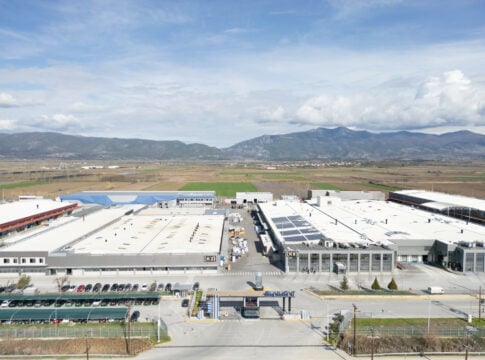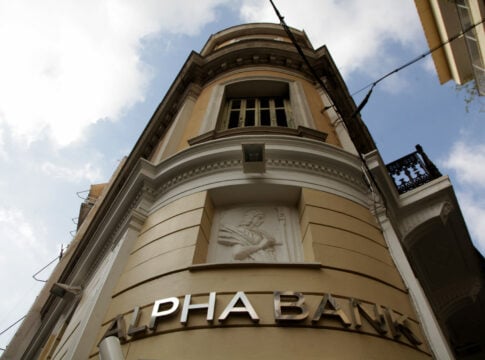The replacement of cash with electronic payments led to the increase in direct VAT revenues by at least half a billion euros.
According to research by the Independent Public Revenue Authority (AADE), the higher VAT contributes not only to the increase in revenues but also to the fact that tax compliance and transparency are improving. At least 1/3 of the annual increase in VAT revenues in the period 2022-2024 is attributed to improved compliance.
Last year, the retail sector recorded the largest increase (+3.11 billion euros) in revenue generated through payment cards in 2024 on an annual basis, with significant increases of 1.47 billion euros and 567 million euros recorded by the restaurant and accommodation sectors respectively. This is followed, among others, by human health activities, computer programming, land transport and other personal service activities.
As highlighted in the survey, electronic transactions made through payment cards recorded an increase of 8.3 billion euros in the period 2023-2024, reaching 47.7 billion euros last year from 39.5 billion euros in 2023. These are the data transmitted by banks and do not constitute the total value of electronic transactions carried out in the economy. However, they reveal the significantly upward trend recorded in the last two years. 93% of these payments concern transactions in the tertiary sector (services and trade). More specifically, 241 individual sectors out of a total of 282 sectors of economic activity in the tertiary sector recorded an increase in the revenue they generated through payment cards.
More specifically:
-computer consultancy activities (+2,459%),
-theatres (+469%),
-taxis (+221%),
-retail trade at street stalls or markets (+271%),
-activities for performing arts (+148%),
-inland waterway transport of passengers (+101%),
-retail trade via mail order or online (+82%) and
-fitness facilities (+81%).
The 30 sectors with the largest estimated decrease in cash use between 2024 and 2023 are, among others, retail trade of food, tobacco and beverages, restaurant and beverage services, retail trade of motor fuels, retail trade of clothing, hotels and accommodation, and computer consultancy activities.
According to the research:
Traditionally, tax evasion has been associated with a higher level of cash use. Indeed, executing a transaction using cash gives the contracting parties the option of not issuing a receipt and withholding the relevant taxes. However, only a part of the transactions carried out using cash is a shadow and undeclared transaction.
The increase in electronic payments does not automatically imply a higher level of compliance. In order for some of the increase in the value of transactions collected with cards to be translated into the disclosure of previously hidden taxable material, additional electronic payments must first replace some of the value of transactions previously carried out using cash. For this to happen, the growth rate of turnover collected through electronic payments must exceed the growth rate of the value of total turnover. In other words, the value of electronic transactions as a percentage of the total value of the outputs made should increase between the two periods.
A significant increase in economic activity can lead to an increase in both the use of cash and electronic payments to complete new transactions.
Combining the above, even in the case where a replacement of cash use with electronic payments takes place, only a part of the reduction in cash will translate into previously undeclared taxable material.














